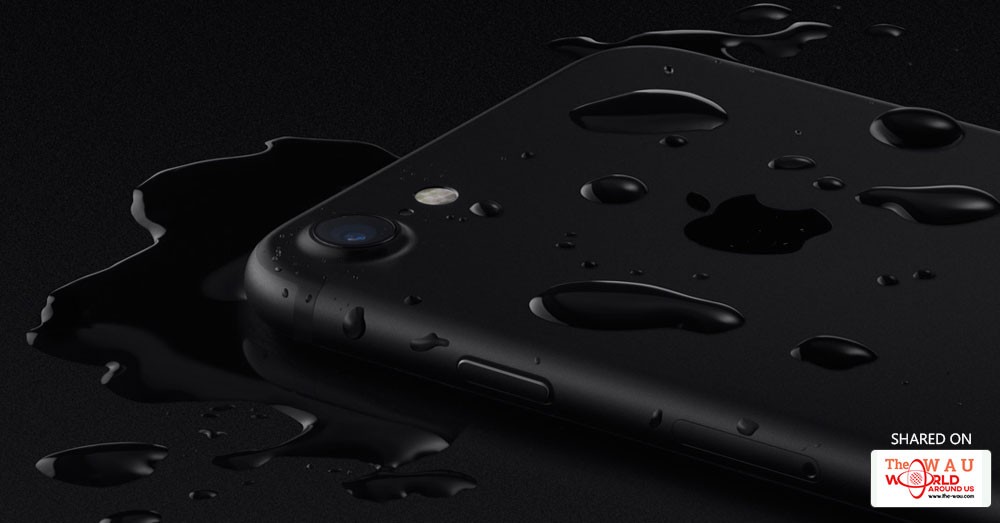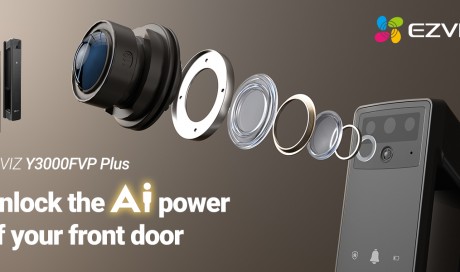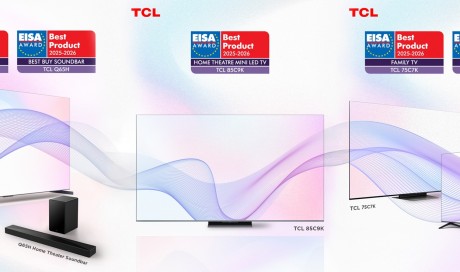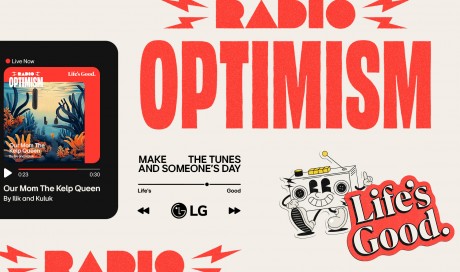The first iPhone may have launched ten years ago in 2007, but it was two years later in 2009, that a pattern was first seen. That year, the iPhone 3GS launched with a body that looked exactly the same as the iPhone 3G that came a year before it. Instead, it had several improvements on the inside. The company even proudly embraced that fact in an ad spot.
And since then, we got used to this tick-tock behaviour. Every two years the iPhone received a design refresh, and feature improvements followed every alternate year. Like clockwork, Apple would release a slightly improved phone the year after it released a brand new phone. This pattern is evident when you look at the device timeline: The iPhone 3GS followed the 3G, the 4S followed the 4, the 5S the 5, the 6S the 6, and so on. But these ‘S’ upgrades had one marquee feature — for the iPhone 4s it was Siri, the iPhone 5s came with Touch ID, and the iPhone 6s brought 3D Touch.
And since then, we got used to this tick-tock behaviour. Every two years the iPhone received a design refresh, and feature improvements followed every alternate year. Like clockwork, Apple would release a slightly improved phone the year after it released a brand new phone. This pattern is evident when you look at the device timeline: The iPhone 3GS followed the 3G, the 4S followed the 4, the 5S the 5, the 6S the 6, and so on. But these ‘S’ upgrades had one marquee feature — for the iPhone 4s it was Siri, the iPhone 5s came with Touch ID, and the iPhone 6s brought 3D Touch.
And after keeping the pattern consistent for eight years, Apple broke that trend last year with the iPhone 7 and iPhone 7 Plus — by largely repeating the design for the third consecutive year. There’s no doubt the iPhone 7 models came with fabulous internal upgrades — water resistance, stereo speakers, longer battery life, brighter displays, support for wider colour gamuts and a dual camera setup on the Plus variant — so much so that removing the 3.5mm headphone jack didn’t stop the phones from selling well.
Which brings us to this year’s iPhone 8 and iPhone 8 Plus — the other two iPhone products Apple launched alongside the brand-new iPhone X (pronounced iPhone 10). Taking a cue from last year, these iPhones too have only modest changes in design, with a focus on internal improvements. Keeping the appearance largely the same as before, the iPhone 8 and its Plus-sized variant feature glass backs instead of aluminium, similar to the iPhone 4 and iPhone 4s. But this time around, the glass serves a functional purpose alongside aesthetics too — it enables the widely-accepted Qi wireless charging standard. And that seemingly is the only marquee feature of the iPhone 8 models. Everything else that’s different — better CPU and GPU performance, improved speakers, marginally better cameras, marginally improved display, and fast-charging support — is deserving of the ‘S’ moniker that Apple has appropriately used in the past.
So why did Apple call them the iPhone 8 and iPhone 8 Plus and not the iPhone 7s and iPhone 7s Plus? For one, Apple could be taking a page out of Samsung’s marketing playbook. Last year, the South Korean electronics giant chose to skip the name “Galaxy Note 6” and instead called their Note flagship of 2016 as the “Galaxy Note 7”. There were two reasons for this — one was to create parity between the Galaxy S and Galaxy Note lineup, so a “Galaxy Note 6” doesn’t appear *lower* than the “Galaxy S7” released a few months before. The other supposed reason was to make the Galaxy Note 7 not appear inferior in any way to the iPhone 7 from last year, not even in name.

Hence, it’s plausible for Apple to call their non-MVP products “iPhone 8” and “iPhone 8 Plus”, to make them appear at par with their biggest competitors — the Samsung Galaxy S8 and Galaxy S8+. The other motivation could be to remove any shred of doubt that these products are minor upgrades to their predecessors, especially when one of your own is casting a big, dark shadow over them — the iPhone X.
The price difference between an iPhone 8 Plus 64GB base variant and an iPhone X 64GB base variant is Rs 16,000. For that price difference, the latter will give you a bigger, crisper, more vivid OLED display packed in smaller body, a face recognition system that’s harder to fool than Touch ID and more seamless to use, Optical Image Stabilization on both the dual camera lenses and a depth-sensing front facing camera that enables gimmicky-but-fun stuff like Animojis — all in a brand new design.

And a person convinced to shell out Rs 73,000 on a smartphone won’t mind chucking in that extra Rs 16,000, especially if that person is already a member of Apple’s ecosystem of products. Heck — for a lot of people, just the design of the X might be reason enough to lighten their wallets.
This brings us to a déjà vu situation. In 2013, along with the iPhone 5s, a plastic-bodied iPhone 5c was sold alongside for just $100 less. In other words, you could get an iPhone 5s with a fingerprint scanner, metal body, faster A7 chip and better camera for just $100 more. The phone tanked and Apple didn’t do another refresh (recently, the iPhone SE ended up becoming the mid-range iPhone the world hoped the iPhone 5c could’ve been back then). Fortunately, this year at least, there’s parity in design, as the same glass is used on both the iPhone X and iPhone 8 models. But the existence of the iPhone X may end up being the biggest threat to the latter’s success.
The iPhone 8 and iPhone 8 Plus may not be bad smartphones — but standing next to the iPhone X, they’re extremely easy to ignore. Here’s hoping that these will be the second-last iPhones to bear that design from 2014, if not the last. At least going by naming, we could get an “iPhone 9” and “iPhone 9 Plus” next year, but hopefully no more after (iPhone X is already here, get it?). By then, the new edge-to-edge screen design should have spread across the entire portfolio of iPhones.
Share This Post















